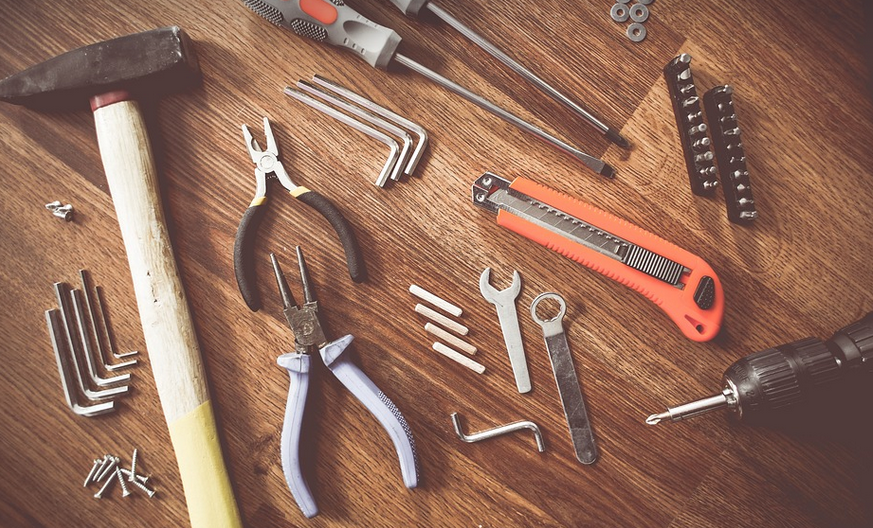Unclogging the Clean Machine: A Guide to Troubleshooting Your Dishwasher’s Drain Issues
We all love a sparkling clean dinnerware, and what better way to achieve that than with our trusty dishwashers? But sometimes, even these appliances can throw us a curveball. One of the most frustrating things is when your dishwasher refuses to drain properly. The persistent water build-up, the lingering smell, and the potential for mold growth can be enough to make you want to abandon all hope of clean dishes. But before you reach for the plunger, let’s explore some common culprits behind this pesky problem.
Dishwasher drainage issues are often a result of buildup or blockage in the drain system, ranging from the simple to the surprisingly complex. To avoid being stuck with an overflowing dishwasher, it’s crucial to understand your machine’s inner workings and how to troubleshoot those tricky situations.
Let’s start by examining some of the most common causes for a dishwasher that refuses to drain properly.
Understanding the Culprits: Common Causes of Dishwasher Drainage Problems
1. The Clogged Drain Hose
The drainage hose connects your dishwasher to the main drain line, often through a small opening at the bottom of the machine. Over time, food particles, soap residue, and even mineral deposits can accumulate in this hose, hindering water flow.
When the drain hose becomes clogged, your dishwasher will struggle to empty its contents properly, leading to overflowing and lingering water issues. You can easily clear a clogged drainage hose by either unhooking it from the machine and using a wire coat hanger or snake to remove any blockages or using a gentle stream of water from the hose.
2. The Drain Filter is Stuck
Deep inside your dishwasher, nestled beneath the bottom spray arms, lies a filter designed to trap debris before it could clog the drain line. If this filter becomes obstructed, even a small blockage can cause significant drainage problems.
To check if the drain filter needs cleaning or replacement, look for any signs of build-up like hardened food particles, debris, or even dried oil. For minor clogs, you might be able to clean it with a tool like a soft bristle brush or a thin wire. However, if the clog is severe, you may need to replace the filter altogether.
3. The Drain Pump Needs A Helping Hand
The drain pump is responsible for removing the remaining water from your dishwasher after it has finished washing your dishes. If the impeller of the drain pump or its system becomes clogged with debris, it can interfere with the discharge process, leading to a build-up of water in the machine.
To address a faulty drain pump, you may need to consult the user manual for troubleshooting steps and potential solutions. In most cases, removing the dishwasher’s drain pump requires careful assessment and potentially a replacement part.
4. Clogged Float Switch
The float switch plays an essential role in regulating the water level inside your dishwasher. If it becomes clogged with debris or residue, it can prevent the machine from draining properly. This issue often occurs in older dishwashers, where the float switch gets clogged over time.
To address a potentially faulty float switch: first, check the user manual for any recommended steps. If you need to replace the float switch, ensure proper safety measures are taken and consult professional help if needed.
Preventative Measures for a Smooth-Draining Dishwasher
While troubleshooting is often necessary, there are also preventative measures that can significantly reduce the incidence of these drainage problems.
1. Clean Your Dishwasher Regularly
Regular cleaning should be a part of your routine maintenance schedule. Keeping your dishwasher clean goes beyond just removing grime and grease; it helps maintain optimal performance and hygiene.
For example, you can run a vinegar cycle or use a dedicated dishwasher cleaner once every couple of weeks to eliminate built-up food particles, soap scum, and mineral deposits that contribute to clogs. It also ensures your machine runs smoother with less strain on the components.
2. Monitor Dishwasher Water Level
After each wash cycle, check for any signs of excess water in the dishwasher. If you notice more water than usual after the wash cycle is complete, it could be a sign of potential issues such as a clogged drain hose or float switch. Addressing this issue early can prevent further complications.
3. Use the Right Detergent and Rinse Aid
While many dishwasher detergents are designed to clean your dishes effectively, using too much detergent or rinse aid can create extra residue that may clog the hoses and ultimately impede drainage.
Try to use a standard amount of detergent following manufacturer recommendations. This will help prevent build-up in the system, ensuring smoother water flow and less clogging over time.
4. Seek Professional Help When Necessary
If you have tried all these solutions and your dishwasher still refuses to drain properly, it’s time to seek professional assistance from a qualified appliance technician. Addressing deeper issues like faulty components or plumbing problems can prevent further damage and ensure proper drainage in the long run.
